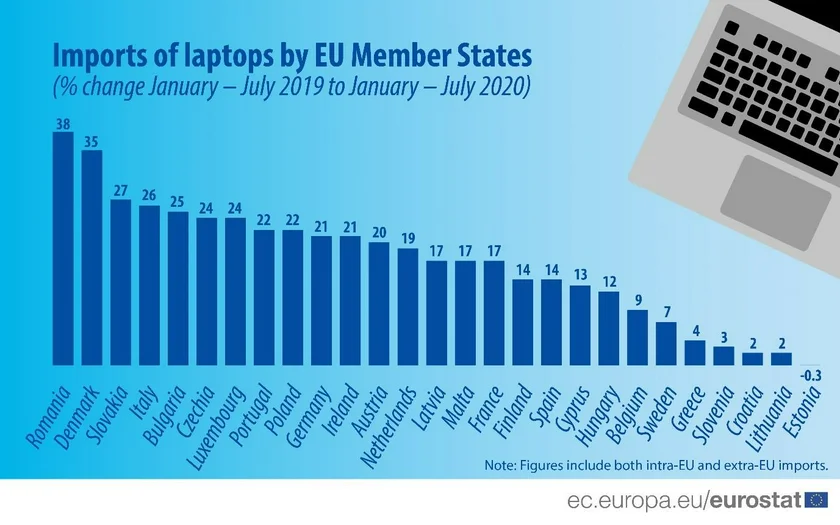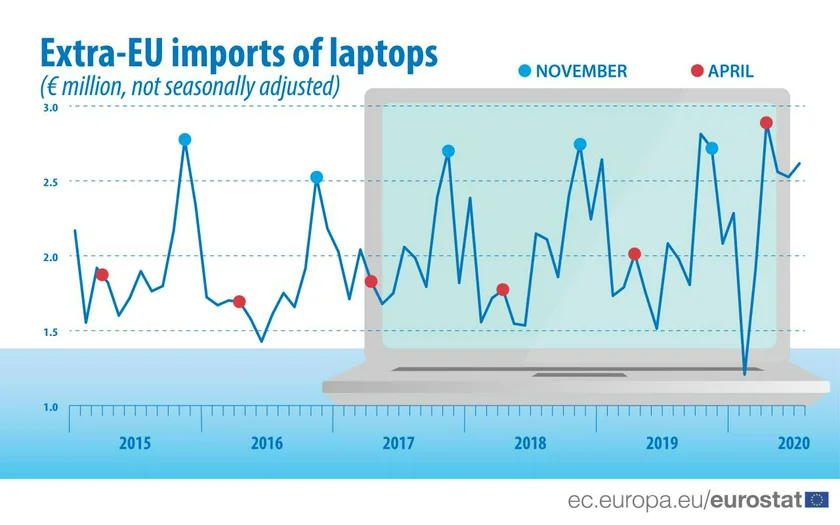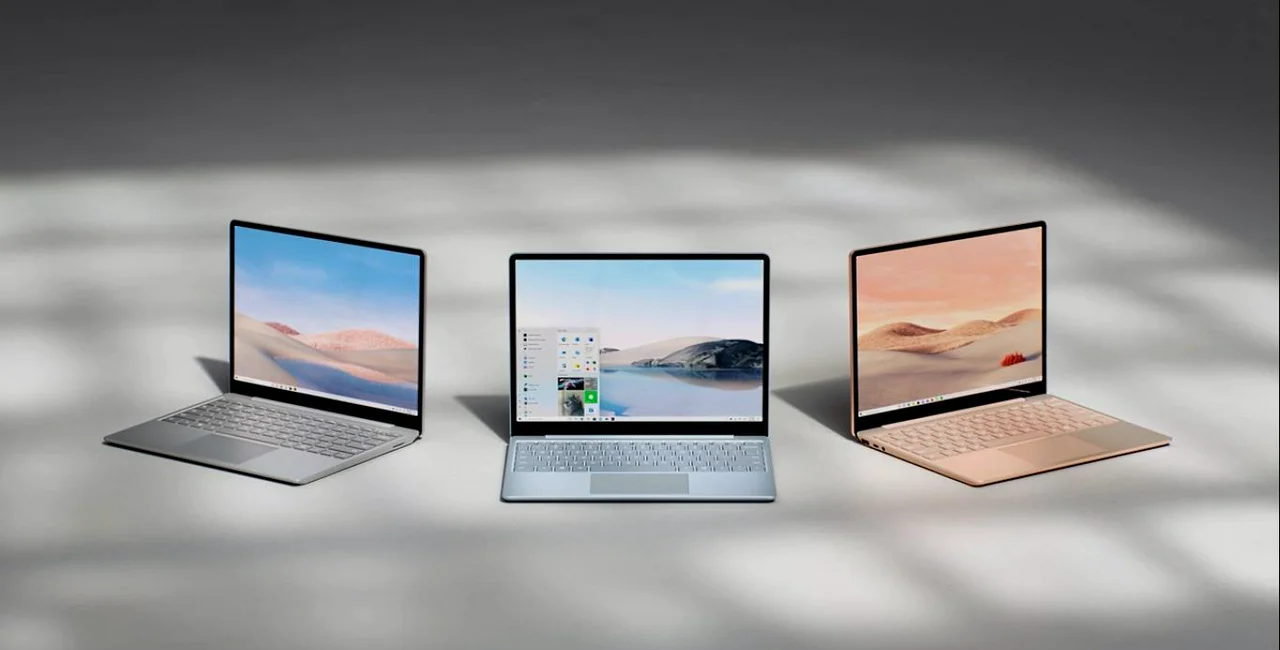US software giant Microsoft in October launched a new lower-end line of laptops called Surface Laptop Go, and the first ones have arrived in Czech online stores.
The cheapest model, though, with 4 GB of RAM and 64 GB of storage, is still relatively expensive, at around 18,000 CZK. The flagship model with 8 GB of RAM and 128 GM of storage comes in at around 28,000 CZK, depending on the particular store. There is also a Surface Go 2 tablet starting at 13,500 CZK. Models for sale locally currently have an English keyboard and operating system.
While the price is high compared to other brands’ budget laptops that can cost under 10,000 CZK, so far Microsoft has been a premium brand, with Surface models costing up to around 65,000 CZK.
The Czech price for the Surface Laptop Go is significantly higher than the US starting price of $549, or roughly 12,450 CZK. It also slightly higher than the price in neighboring Germany or Austria, if you ignore the extra shipping charges.
Microsoft in its advertising promotes the laptop’s portability, hence the name Go. The 15.69 millimeter thin laptop has a 13-hour battery life and weighs 1.1 kilograms. It also supports fast charging, which can be done via Microsoft’s own proprietary charger, which has a special connector port, or with a USB-C charger.
All models come with a 10th Gen Intel Core i5 processor and 12.4 inch touch screen. The two more expensive models also have an integrated fingerprint reader and have more color options.
Other features of the Surface Laptop Go are an integrated 720p HD webcam, dual microphones and Omnisonic speakers. There are USB-A and USB-C ports, an audio jack, Wi-Fi and Bluetooth.
The concept behind the limited hard drive space is that the laptop will be used in combination with a cloud storage package.
The laptops ship with Microsoft Windows 10 Home in S mode and 30-day trial of Microsoft 365 Family. S mode limits the apps that can be installed, but users can make a one-time switch to Windows 10 Pro.
Online computer magazine C-Net’s reviewer Dan Ackerman called the Surface Laptop Go the “Holy Grail” of budget laptops, though he was using US prices as a comparison point. He praised the powerful processor and the touch screen, features not usually in budget laptops. He found the camera resolution and Windows 10 in S-mode as drawbacks. He strongly recommended making the one-time Windows switch.

Some other reviewers were not so generous, pointing to the limited storage space, paltry two USB ports, the lack of backlighting on the keyboard, and the lackluster screen resolution. While 1536 x 1024 pixels qualifies as high definition, other premium laptops offer 2256 x 1504 pixels or higher.
The Microsoft Surface Go 2 tablet is smaller, with a 10.5 inch touch screen, 10-hour battery life and one USB-C port. It weighs about half a kilogram and has options of 4 GB or 8 GB or RAM and 64 GB or 128 GB of storage. A protective cover that doubles as a keyboard is available as an option.
According the European Union statistical office Eurostat, imports of laptops are up sharply due to the coronavirus pandemic. “As countries adjusted to the crisis, more people needed to work or study from home as well as rely on virtual meetings to contact friends and family. This caused the imports of laptops to reach an all-time high in April 2020,” Eurostat said.
Peak laptop imports traditionally peak in November, in preparation for the Christmas gift-giving season.

Imports to the Czech Republic from January to July 2020 were up 24% compared to the same period of 2019. This was the sixth-highest in the EU. Romania has the highest increase at 38%, while the lowest increase were Croatia and Lithuania at 2%, while Estonia, long a leader in IT issues, saw a drop of 0.3% as the market there is already saturated.
China accounted for around 90% of extra-EU imports of laptops in 2019 and 2020. Imports from China increased by 19% from €12.1 billion in the first seven months of 2019 to €14.4 billion in the same time period of 2020. Among the top-six import sources, only Vietnam recorded a higher increase: from €0.5 billion to €0.6 billion, up 31%.












 Reading time: 3 minutes
Reading time: 3 minutes 























